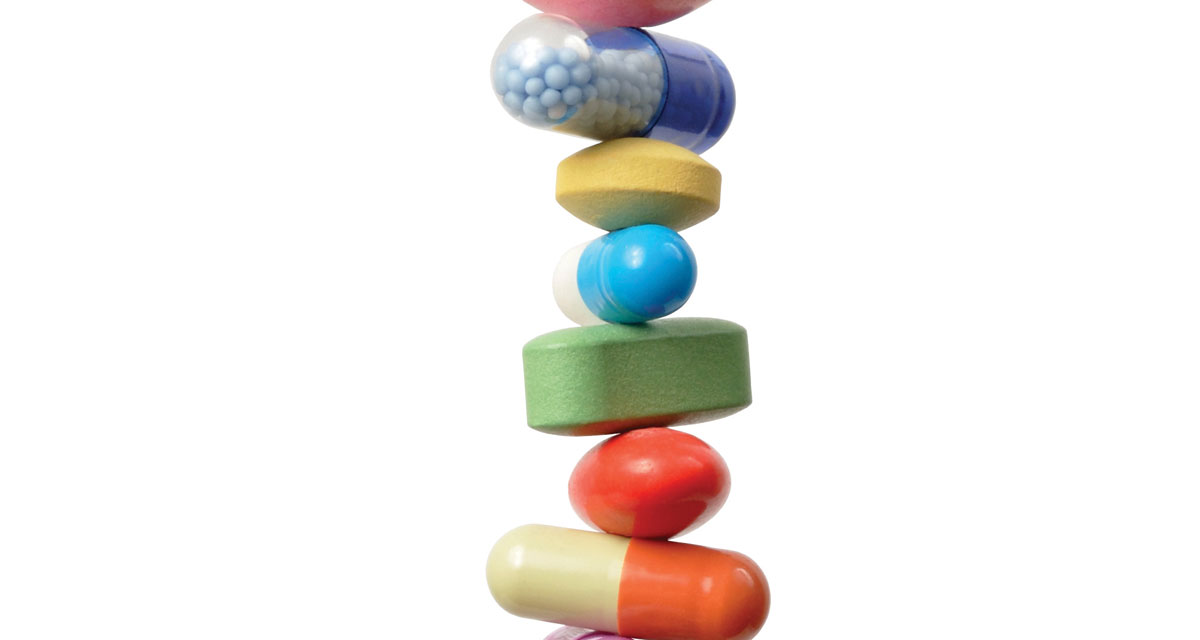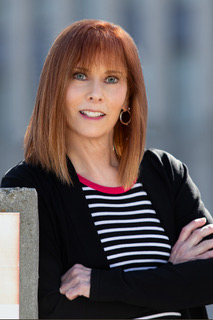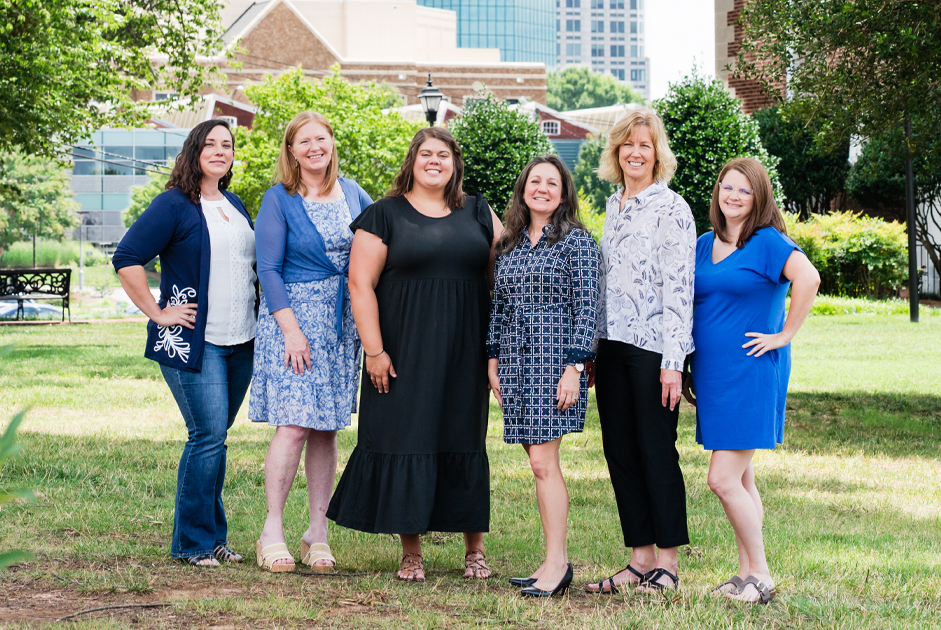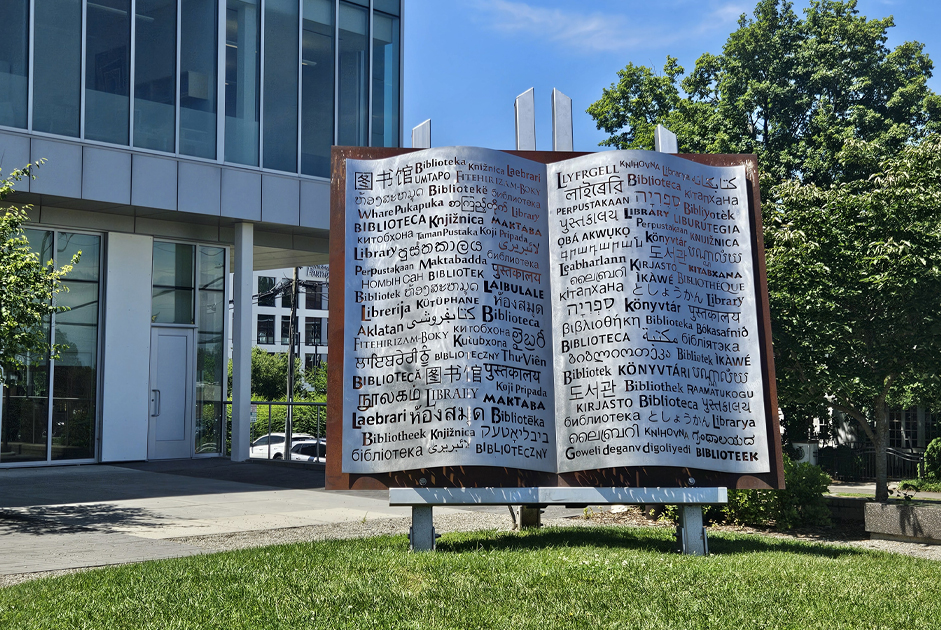In the United States, about 10,000 medicines are available by prescription. Every year, the Food and Drug Administration (FDA) receives more than 100,000 reports of suspected medication errors. Sadly, 6,000-9,000 people die each year due to a medication error. Mistakes can occur at any stage in the process: when a doctor is writing your prescription, when a pharmacist is filling it, or when your family is taking prescription medicines at home.
Here are ten safety tips that will help you protect your family from medication errors in the pharmacy and at home.
Preventing Pharmacy Errors
About 11% of medication errors take place in pharmacies. Even in the very best pharmacies, highly trained professional pharmacists, like the rest of us humans, can make mistakes. Sometimes errors stem from something as simple as a misplaced decimal point. These tips will help ensure that the medicine you bring home from the pharmacy is the medicine your family should be taking:
- Get all your prescriptions filled at the same pharmacy. Be cautious about ordering medications from an online pharmacy. If a pharmacist knows you, he or she can easily access your history and answer your questions in person. Thus, it’s more likely that potential drug interactions will be discovered.
- Tell the pharmacist if there is something you forgot to mention to the prescribing doctor. For example, if you have a drug allergy or are taking other medicines or over-the-counter products, but forgot to tell the doctor, let the pharmacist know. A pharmacist is a medication expert and can consult references about drug interactions and side effects.
- Open your bag and look at your medicine before you leave the pharmacy. Question anything that doesn’t seem right to you. For example, if you have taken the same medicine previously, do the color, size, and shape of the pills look the same as you remember? Make sure that the drug name and strength imprinted on the pills is correct.
- If there is anything you are unsure about, such as the correct dosage, side effects, or how to store the medicine properly, ask the pharmacist (not the pharmacy technician).
- Pediatric medication dosages that are determined by a child’s weight are at higher risk for errors. As a safeguard, confirm a child’s medication dosage with the pharmacist.
Preventing Medicine Errors at Home
- Do not store your family’s medications in the same place you store the medications you give your pets.
- Thoroughly read the label on your medicine. Some medicines must be taken with food, or have food or alcohol restrictions. Some medicines should never be chewed, crushed or diluted. Some medicines make it unsafe to drive or operate machinery. Check the label each time you take the medicine to be sure you haven’t picked up a different medicine in a similar container. Many errors can be prevented this way.
- Never take medicines in the dark. Always turn on a light so you can be sure you are taking, or giving your child, the right medicine in the right dose.
- Don’t measure liquid medications with household tableware¾the teaspoons and tablespoons you use at the dinner table. Use the more accurate measuring spoons normally used in cooking. If a syringe or measuring cup comes with the medication, use that instead.
- If your doctor allows you to save money by splitting pills, be aware of the risk of getting uneven doses if pills are not correctly split. For accuracy, use a pill-splitting device or ask your pharmacist to split your pills.
Medications are powerful. It is vitally important to be sure that you and your family are taking them safely. Be sure you understand why a medicine was prescribed and what your doctor expects it to accomplish. If you have questions about your or your family’s medicines, don’t hesitate to call the pharmacist. Educating patients is part of their job.




















